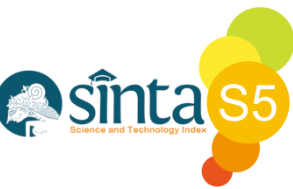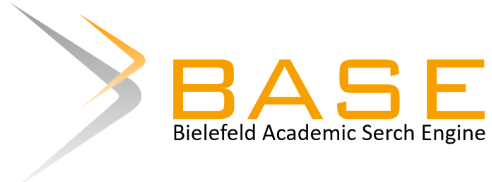Abstract
In the digital age, fostering a culture of critical thinking is imperative for all societal groups, including the elderly. However, no sufficient effort does appear to resolve the lack of critical thinking among elderly. Facing with this challenge, Tular Nalar program developed unique curriculum which specifically cultivate critical thinking skills among elderly. The designed curriculum become the backbone of capacity buildings which targeted elderly in 38 provinces of Indonesia. This curriculum is accessible to everyone, designed to enhance critical thinking abilities, and enabling individuals, especially the elderly, to identify, analyze, and make rational decisions in filtering information. The paper presented here describes the journey of Tular Nalar in designing the curriculum which employing a qualitative approach research. Three phases of designing curriculum were carried out, started from literature review, focus groups discussions, and pilot projects. During the process, three locations which represent the diversity of Indonesia communities were selected. Padang, Solo, and Ambon become the site of focus groups. Meanwhile, Yogyakarta was chosen for pilot groups to test the curriculum design before finalised for wider audience. As the first study in the country which underlined efforts to construct the curriculum for elderly, the result of the research contributes our understanding about certain issues regarding digital activities as practised by elderly, and how to develop skills and cultivate the culture of critical thinking among them.
References
Antaranews.com (2021, October 21st), Kominfo sebut penggunaan digitalisasi pada lansia masih rendah. Accessed at October, 15th 2023 from https://www.antaranews.com/berita/2472969/kominfo-sebut-penggunaan-digitalisasi-pada-lansia-masih-rendah
Bisnis.com (2023, March, 8th), Survei APJII: Pengguna Internet di Indonesia tembus 215 juta orang. Accessed at October, 15th, 2023 from https://teknologi.bisnis.com/read/20230308/101/1635219/survei-apjii-pengguna-internet-di-indonesia-tembus-215-juta-orang
du Plessis, Karin; Anstey, Kaarin J.; Schlumpp, Arianne (2011). Course design and the development of learning materials. Australian Journal of Adult Learning, v51 n1 p161-174. Glatthorn, A.A (2004) Developing a quality curriculum, Waveland Press, Inc. Goodstats.id (2022, September, 24), Lansia Indonesia makin melek internet. Accessed at October, 15th 2023 from: https://goodstats.id/article/lansia-indonesia-makin-melek-internet-CydFJ Jurnas.com (2022, October 10th), Waspada lansia rentan penipuan dan hoaks teknologi digital. Accessed at October, 15th 2023 from https://www.jurnas.com/artikel/104129/Waspada-Lansia-Rentan-Penipuan-dan-Hoaks-Teknologi-Digital/
Oh, S.Y., Kim, KA, Kim, M., Jaeuk Oh, J., Chu, S.H., & Choi, YJ. (2021). Measurement of Digital Literacy Among Older Adults: Systematic Review. Journal of Medical Internet Research 2021 | vol. 23 | iss. 2 | e26145 | p. 1-15
Rasi, P., Vuojärvi, H., & Ruokamo, H. (2019). Media Literacy Education for All Ages. The National Association for Media Literacy Education’s Journal of Media Literacy Education 11 (2), 1 – 19. DOI: 10.23860/JMLE-2019-11-2-1
Murciano-Hueso, A., Martín-García, AV., & Cardoso, A. P. (2022). Technology and Quality of Life of Older People in Times of COVID: A Qualitative Study on Their Changed Digital Profile. Int. J. Environ. Res. Public Health 2022, 19, 10459.Yaşar, C. G., & Aslan, B. (2021). Curriculum theory: A review study. International Journal of Curriculum and Instructional Studies, 11(2), 237-260.
Recommended Citation
Astuti, Santi Indra; Satyawati, Niken; and Bernadeta, Dwitasari Teteki
(2024)
"Tular Nalar Curriculum to Promote A Culture of Critical Thinking among The Elderly,"
Jurnal Vokasi Indonesia: Vol. 12:
No.
1, Article 3.
DOI: 10.7454/jvi.v12i1.1213
Available at:
https://scholarhub.ui.ac.id/jvi/vol12/iss1/3
Included in
Adult and Continuing Education Commons, Communication Technology and New Media Commons, Social Media Commons








